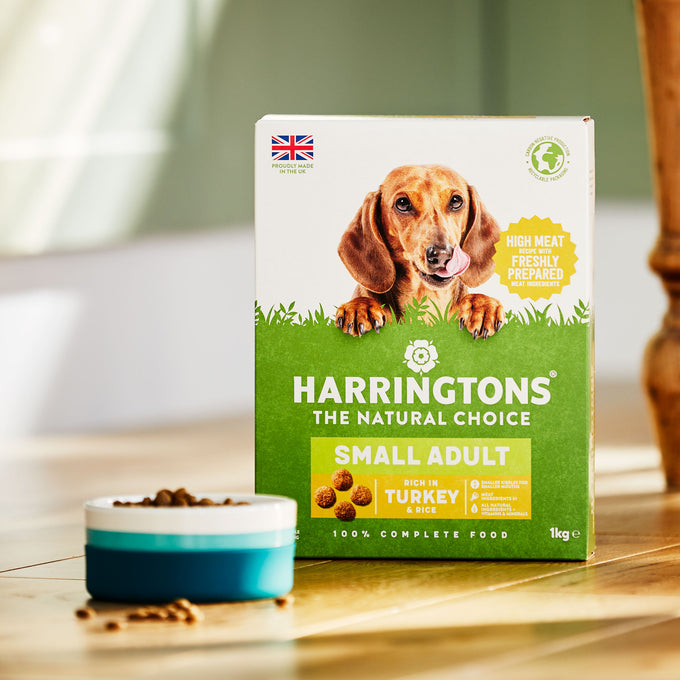
Walking on the Glenlivet Estate
Back in the summer, I discovered a walkers’ heaven: Glenlivet. An area of rolling, heather-clad hills divided by tranquil valleys, it’s covered in a network of well-waymarked, easy-to-follow trails.
I love poring over maps, picturing the landscape in my head and coming up with new walks, but it’s also great to come across places such as Glenlivet where I can switch off, tuck the map into my daypack and let the waymarkers lead the way.
The Glenlivet Estate covers an area almost the size of Edinburgh and is part of Crown Estate Scotland, owned by the Queen but managed by the Scottish government. Straddling the northern border of the Cairngorms National Park and just to the east of Grantown-on-Spey, the estate is home to 20 waymarked walks ranging from a half-hour stroll to a 7.5-mile hill walk. Each trail starts from a dedicated car park, where an information panel provides walk details, including the sort of terrain covered and guidance on where and when you’re most likely to encounter grouse shooters and deer stalkers. It’s all very reassuring – you know exactly what to expect before you set out, and can decide whether or not the walk is suitable for you and Pooch.

Rolling hills and peaceful valleys...
We did two of the routes on a recent campervan trip to north-east Scotland – a short valley walk that visited the secret seminary at Scalan, where priests were trained during a time of Catholic persecution; and a longer hike on to Carn Daimh, a titchy hill by Cairngorms’ standards, but a whopping great viewpoint. Armed with detailed walk descriptions that we’d downloaded from the Glenlivet Estate website, and encouraged by blue waymarker discs along the way, we didn’t get lost once.

This is the life! Jess enjoying the views from Carn Daimh
Jess loved the walks too. There were plenty of sniffs for her – the area is home to red squirrels, red deer, ptarmigan, black grouse, mountain hares, golden eagles and otters as well as some rarer, more elusive characters such as wild cats and pine martens. An access statement on the estate’s website says that most of the stiles on the trails have been removed and replaced with self-closing gates. We came across a few of the remaining stiles, but they were chunkier than the ones we’re used to – instead of the usual, single-plank steps that require a combination of balancing skills and good agility, these had broad platforms, making them a lot easier for both dog and humans to negotiate.
We encountered livestock on both walks, so walkers will need to keep their pets on leads in some places. This also applies to the open hill during ground-nesting time. Jess can’t be trusted off-lead – running full pelt across the hills in pursuit of my dog in pursuit of a deer is an experience I don’t wish to repeat – but there are forest trails too where better-behaved pets can have a grand time.
And, this being Speyside, at the end of your walk, you’re never far from a distillery and a chance to sample a wee dram of the ‘water of life’. What more could a dog walker want?

